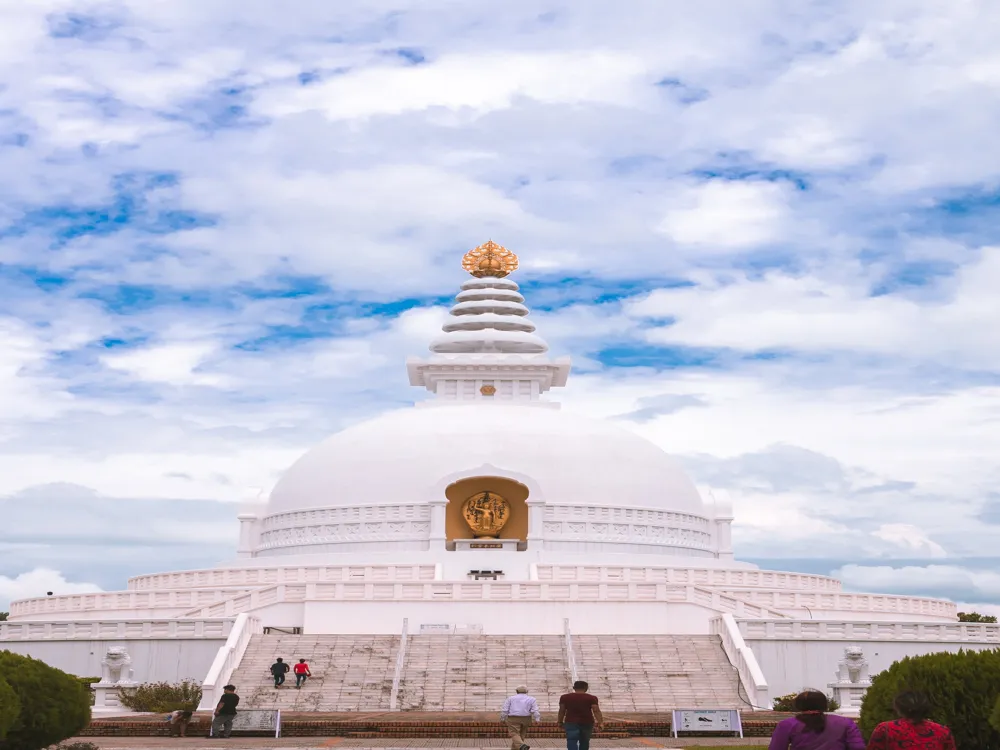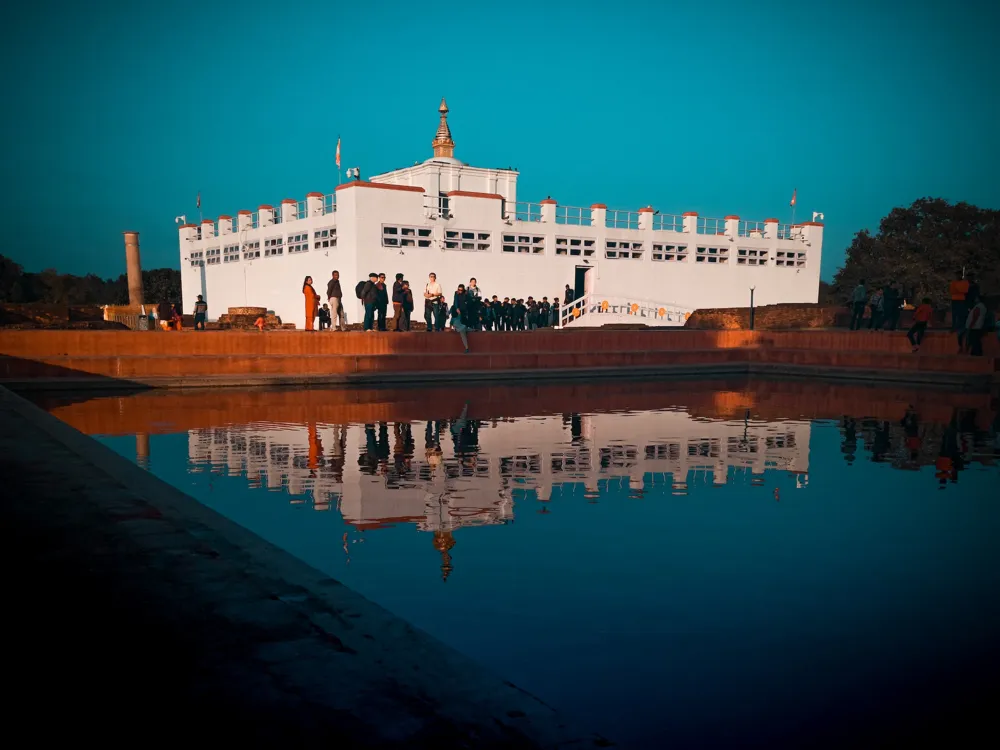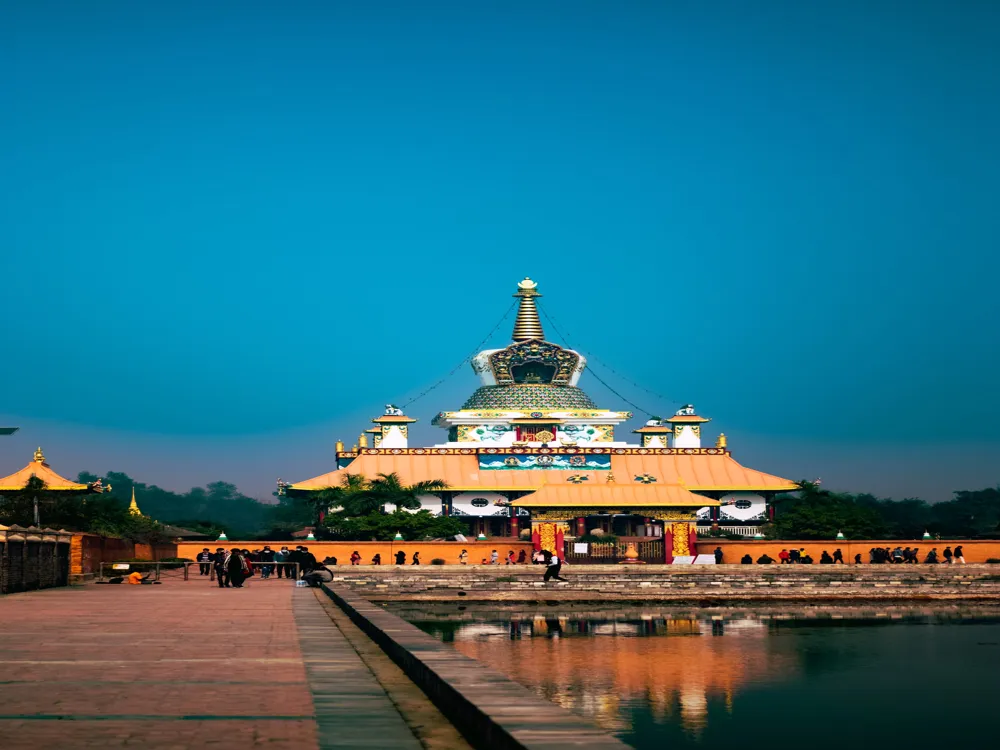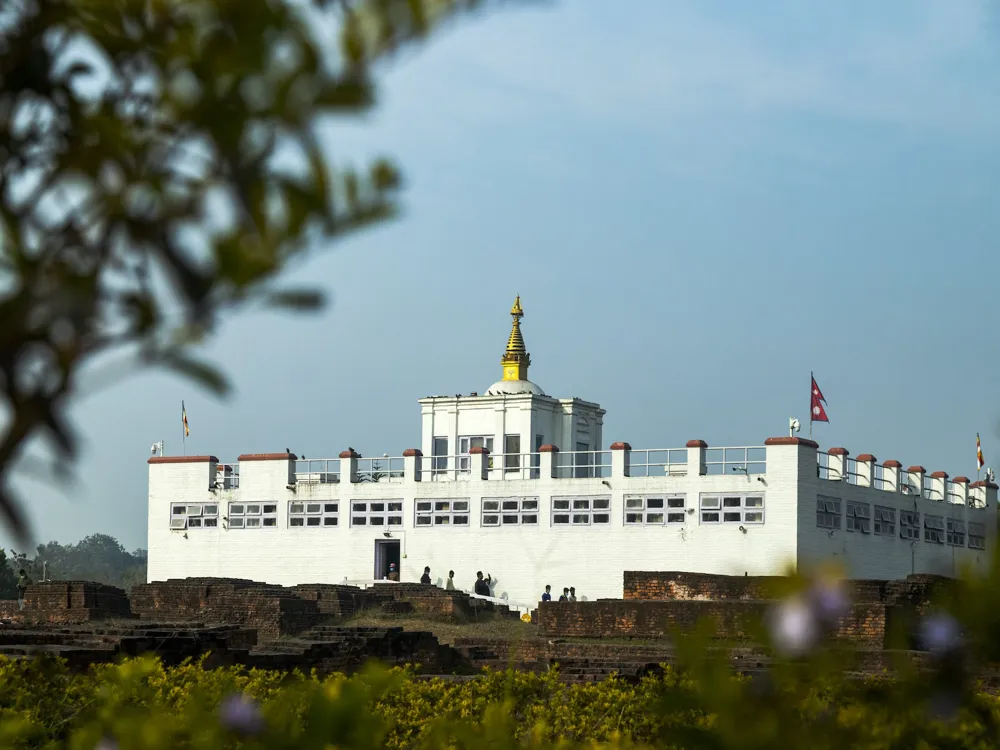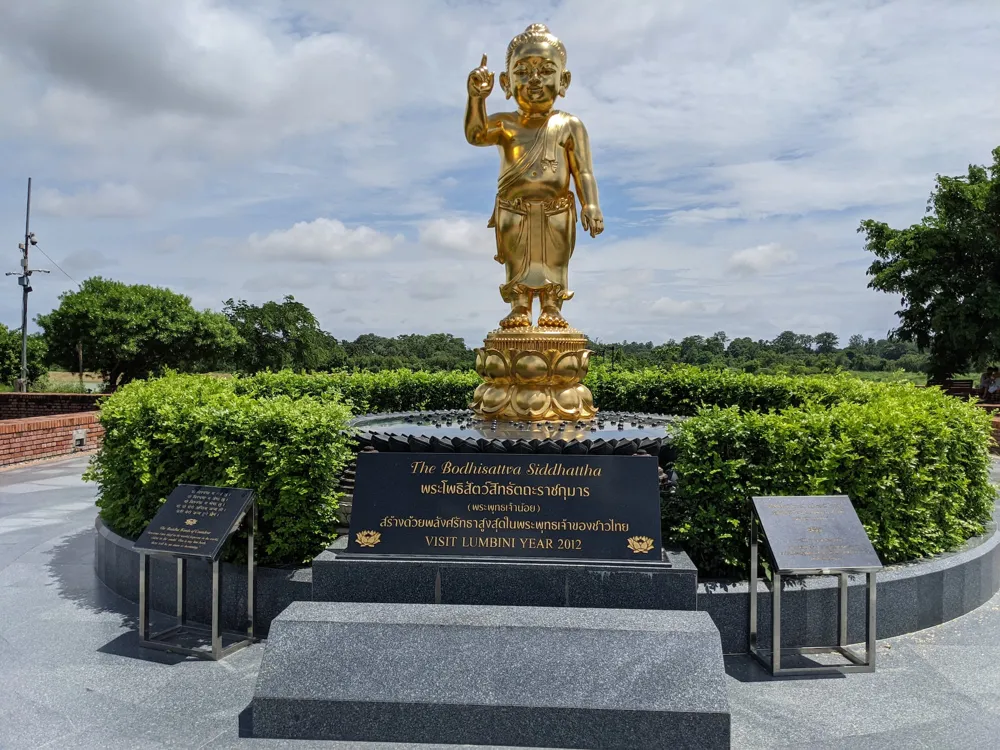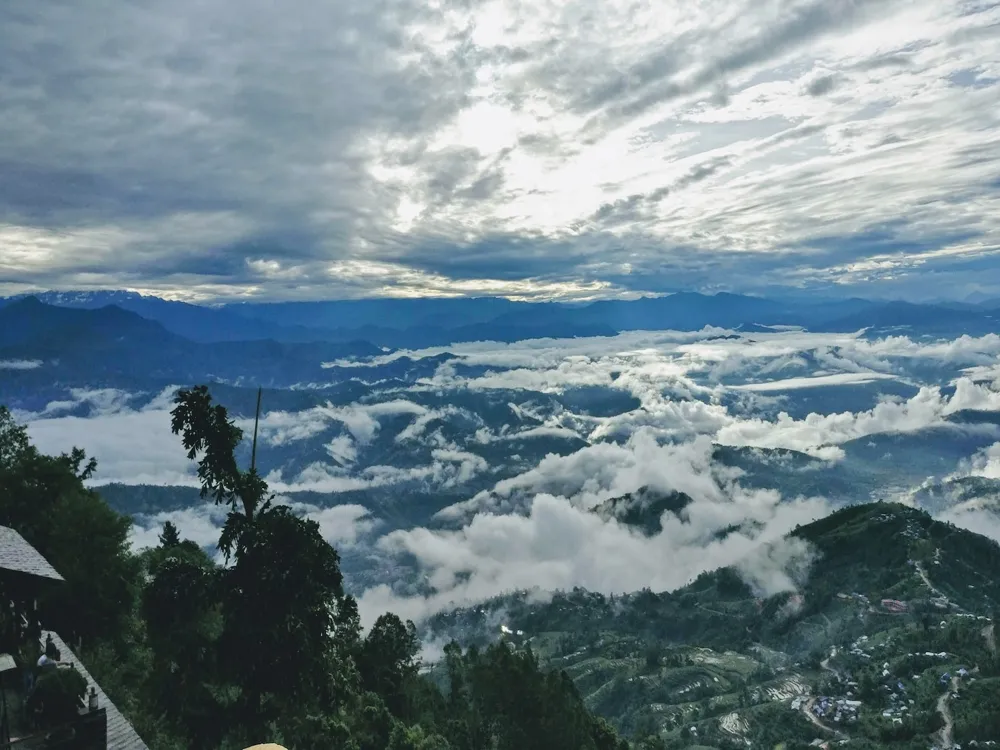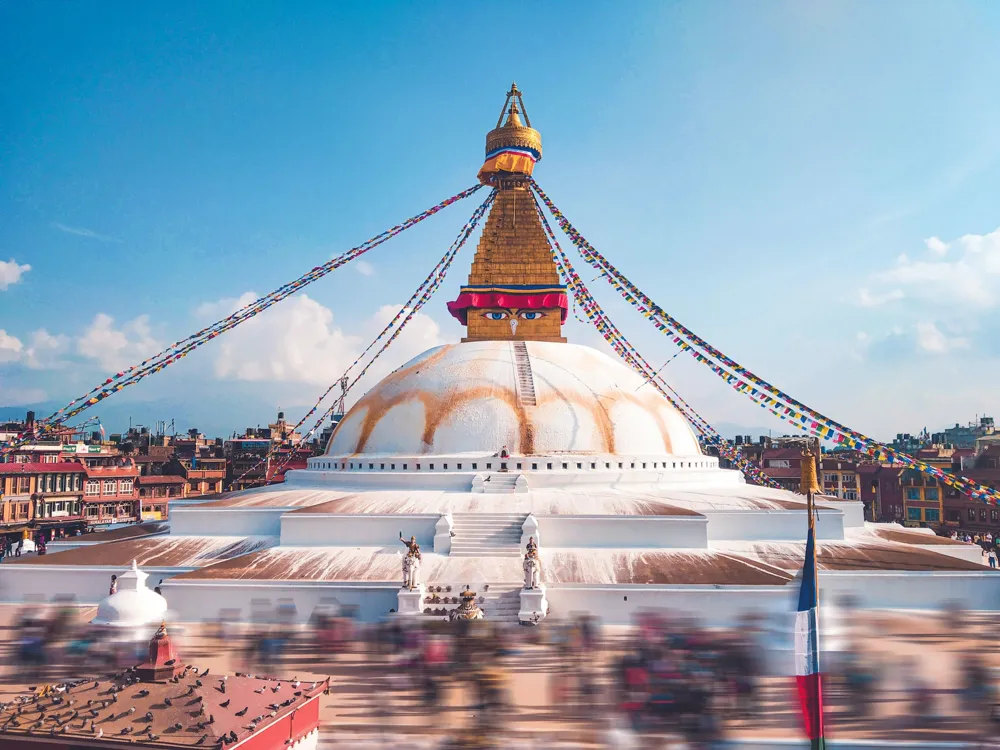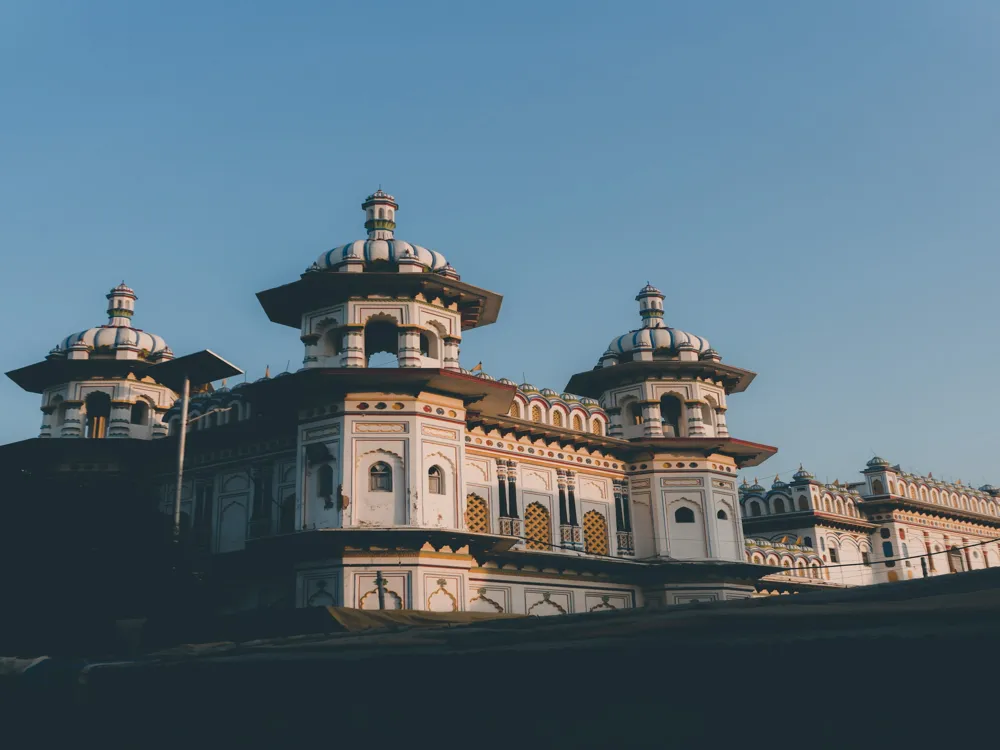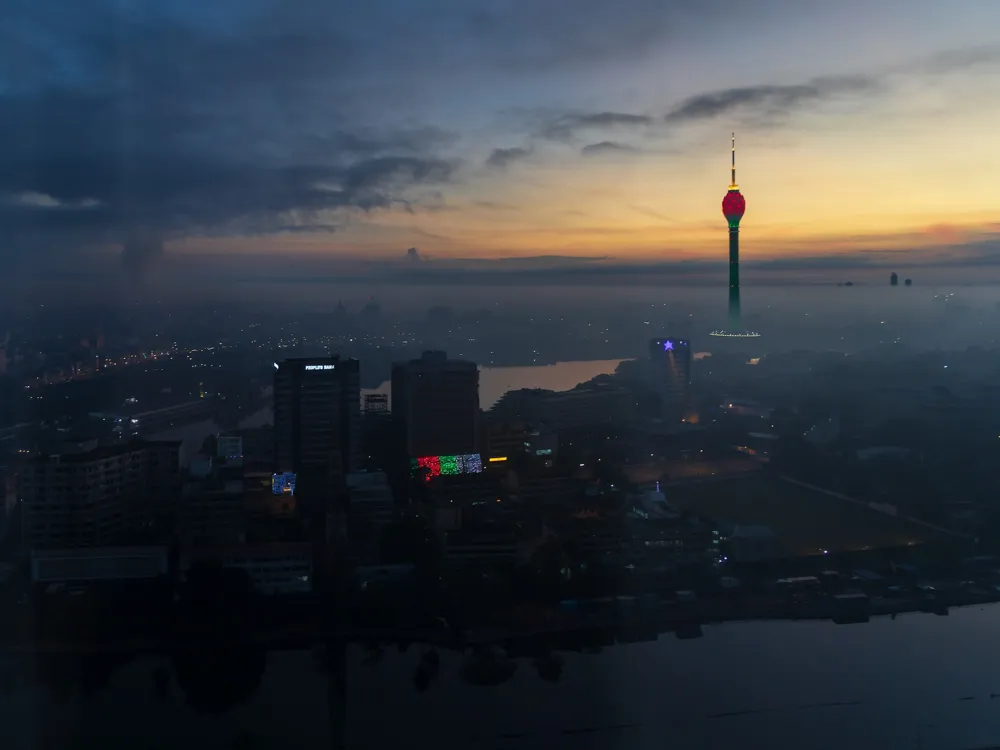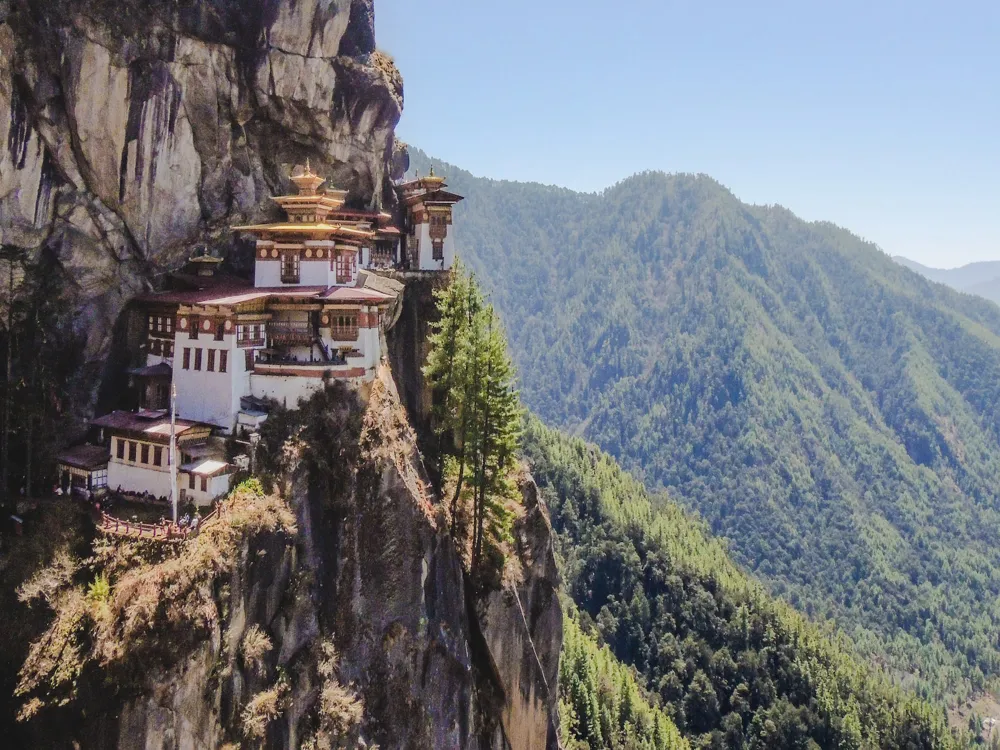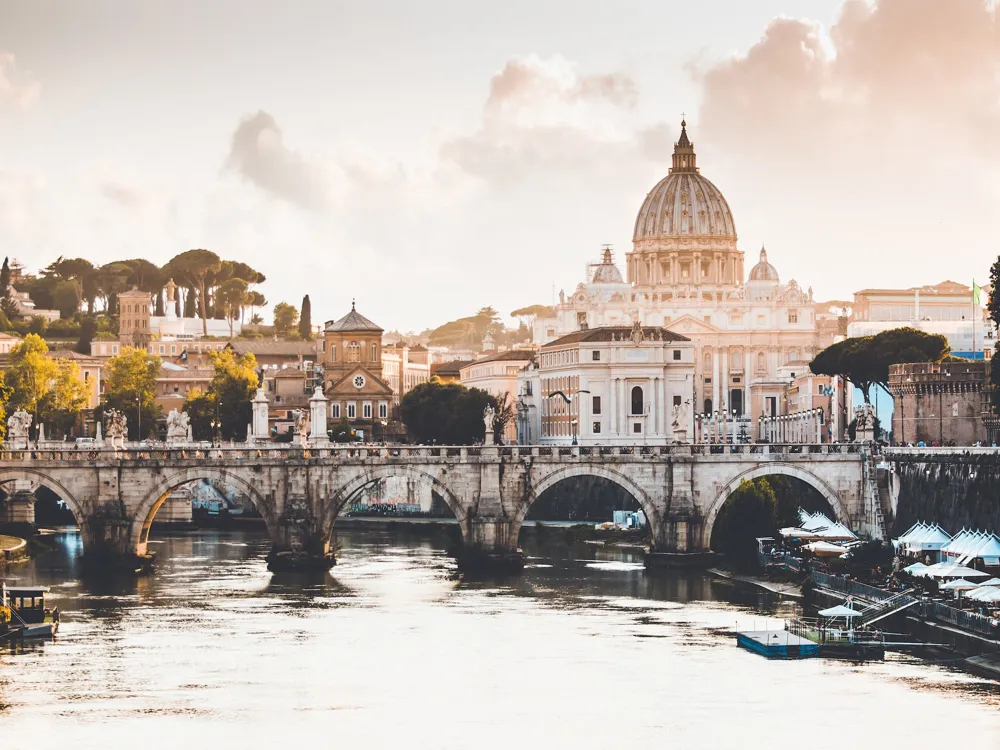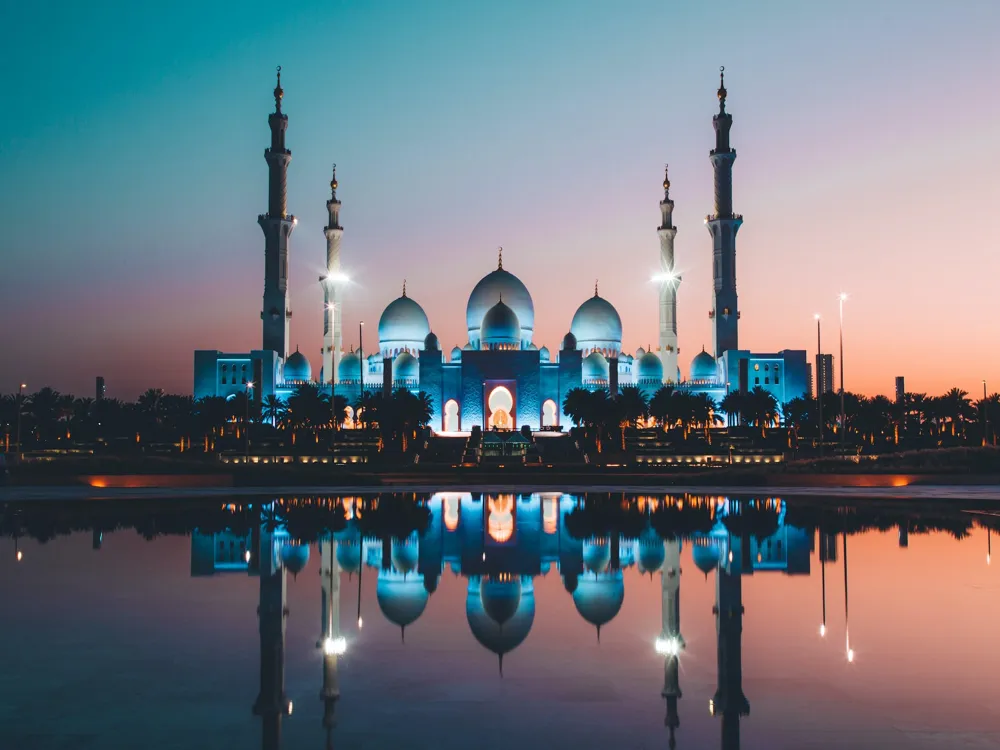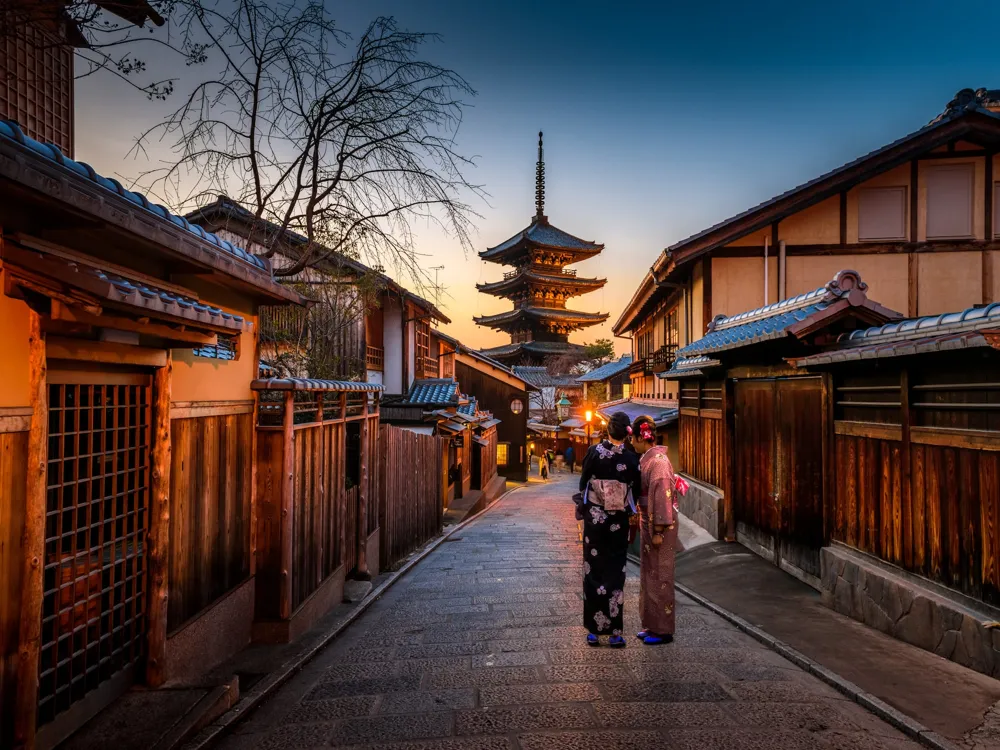Plan Your Travel To Lumbini
Places To Visit In Lumbini
Ashoka Pillar, Lumbini
The Ashoka Pillar in Lumbini is one of the 3rd Century stone pillars built under the reign of Emperor Ashoka. It was erected as a mark of respect by Ashoka after he visited Lord Buddha's place of birth and decided to accept Buddhism. These facts make the pillar a significantly important attraction in the country. It bears the oldest inscription compared to the rest of the Ashoka Pillars, thus marking that it was the first-ever such structure built. The pillar is located inside the serene Maya Devi Temple complex and is quite a stimulating structure to visit because of its interesting and motivating history. This 6-metre tall pink sandstone structure was rediscovered by Nepalese archaeologists in 1896.
Read More
Bodhi Tree, Lumbini
The Bodhi Tree in Lumbini is located in the premises of the Maya Devi Temple complex right next to the shrine on the banks of the serene Maya Devi Pond. Buddhist monks often sit under the tree meditating and chanting spiritual scripts. The tree is an age-old Peepal tree or Ficus Religiosa clad in colourful prayer flags, Locals believe that wishes made while tying a colourful prayer flag are often granted.
The significance of this tree is because of Bodhi Tree in Bodh Gaya where Buddha attained enlightenment and liberation from delusions, anger, and self-indulgence. The entire journey of Buddha's life is often associated with the tree - right from the time he abdicated his throne, became an ascetic, achieved enlightenment and taught about his observations till his death. The Bodhi Tree is, therefore, considered immensely significant in Buddhism.
Read More
Cambodian Monastery
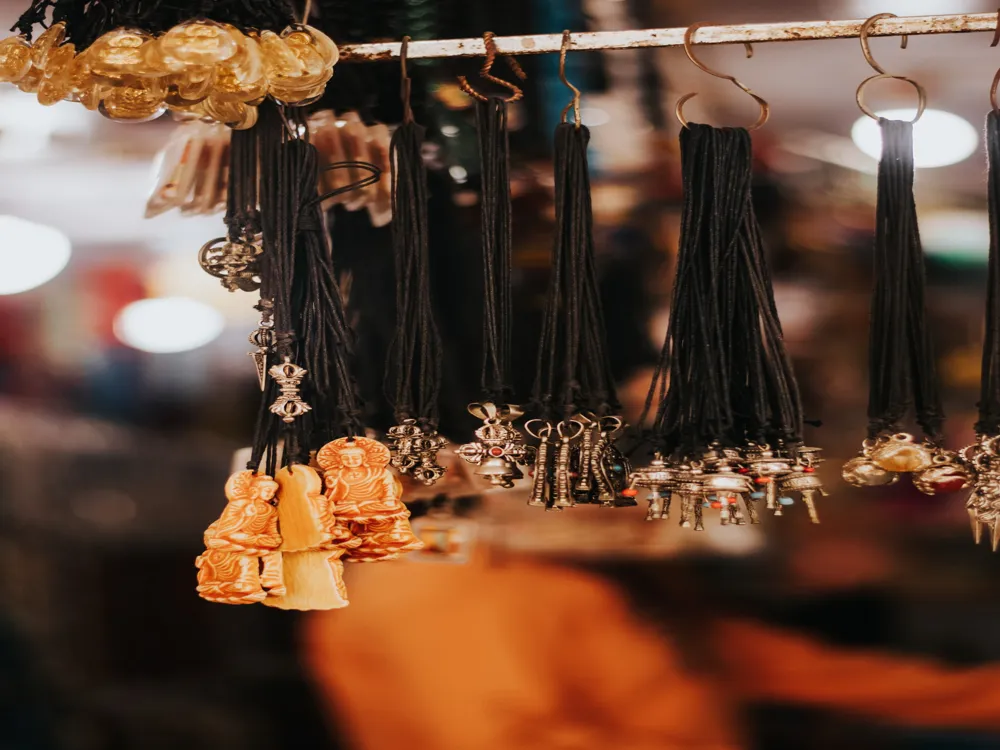
Cambodian Monastery in Lumbini is an amalgamation of colorful fantasy and spiritual forces making it one of the most fascinating temples in the region. Built in a architectural design matching the famous Angkor Wat, the charming monastery is surrounded by a square railing, each having four 50m green snakes. The large compound has an outer wall covered with beautiful and intricate designs.
China Temple (Zhong Hua Chinese Buddhist Monastery)
/china-temple-zhong-hua-chinese-buddhist-monastery-slider-1.webp)
Zhong Hua Chinese Buddhist Monastery, popularly known as the China Temple is an elegant Buddhist Monastery in Lumbini. The impressive structure is built in a pagoda-style of architecture and resembles the look of the famous forbidden city of China. As one enters, the perfectly manicured internal courtyard fills the heart with peace and joy.
Dharma Swami Maharaja Buddha Vihar
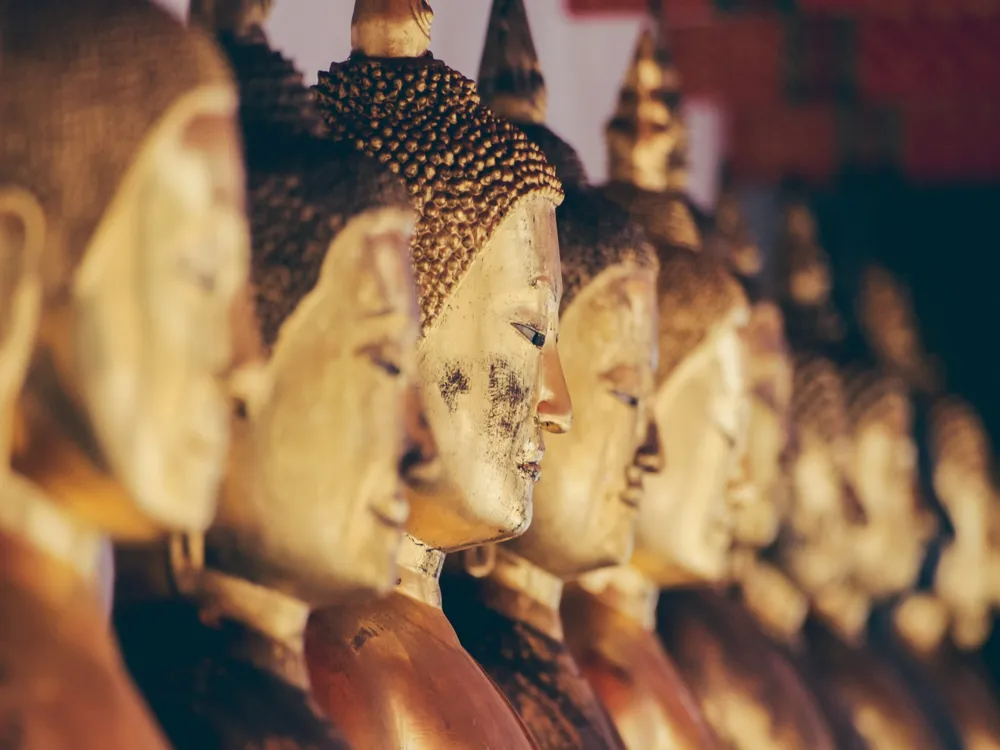
Dharma Swami Maharaja Buddha Vihar is a Buddhist Gompa belonging to the Sakyapa order. It was established by His Eminence Chogya Trichen Rinpoche. The immense peace and tranquility of the site makes it a perfect place for meditation and quiet introspection. Every day, Tara Pooja is performed by the 600 monks residing in the monastery.
Great Drigung Lotus Stupa
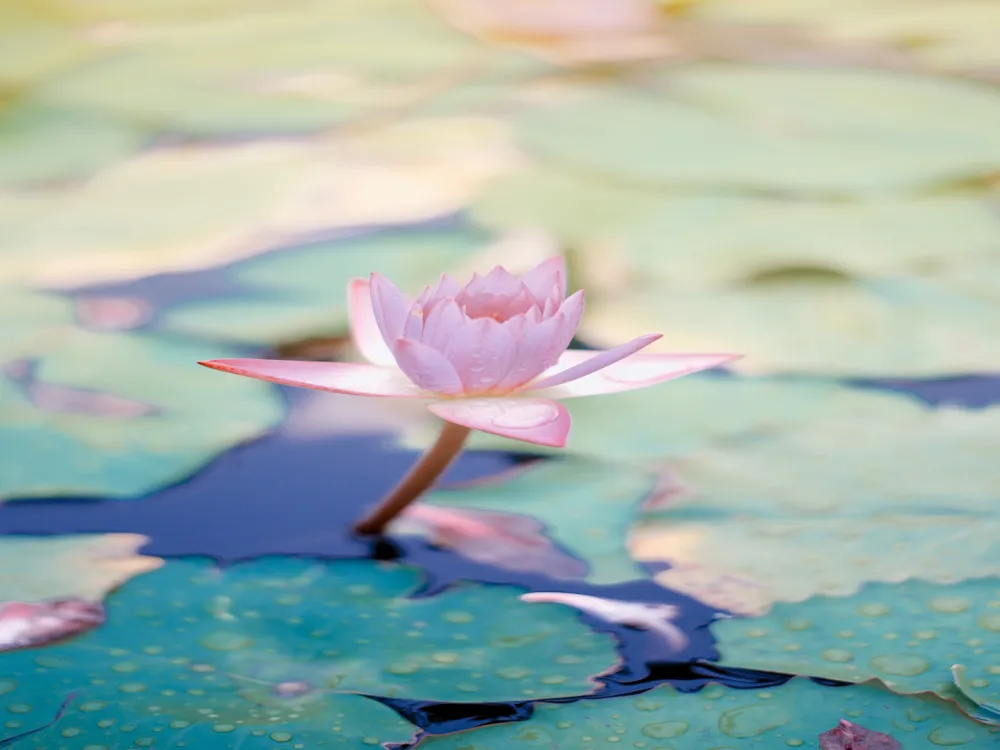
Great Drigung Lotus Stupa is one of the most religiously important Stupas in Lumbini and was built by the German Tara Foundation. The building contains a hollow crown partly covered in glass which reveals the Buddha statue inside. The historical significance of this building goes back centuries when the construction of this building was under the supervision and guidance of the Rinpoches. This Stupa is definitely worth a visit when in Lumbini.
The domed ceiling of the Stupa is covered with Buddhist murals. The gold, wood and carvings represent the beliefs and teachings of Buddha that spreads the message of peace and non-violence. Each year, this Supa sees a great number of congregations at Great Dridung Lotus Stupa where the Highness himself visits the place to spread the message of unity and peace.
Read More
Korean Temple (Dae Sung Shakya)
/korean-temple-dae-sung-shakya-slider-1.webp)
Dae Sung Shakya Sa, popularly known as the Korean Temple, is a Buddhist Monastery in Lumbini. The impressive structure is built in a Korean style of architecture and has colourful murals on the ceiling. It even offers community sleeping area as well as three meals a day to visitors for a few days at a minimal cost of NOR 500 per day. Meditating in the courtyard full of monks and pilgrims is a peaceful and refreshing experience.
Lumbini Crane Sanctuary
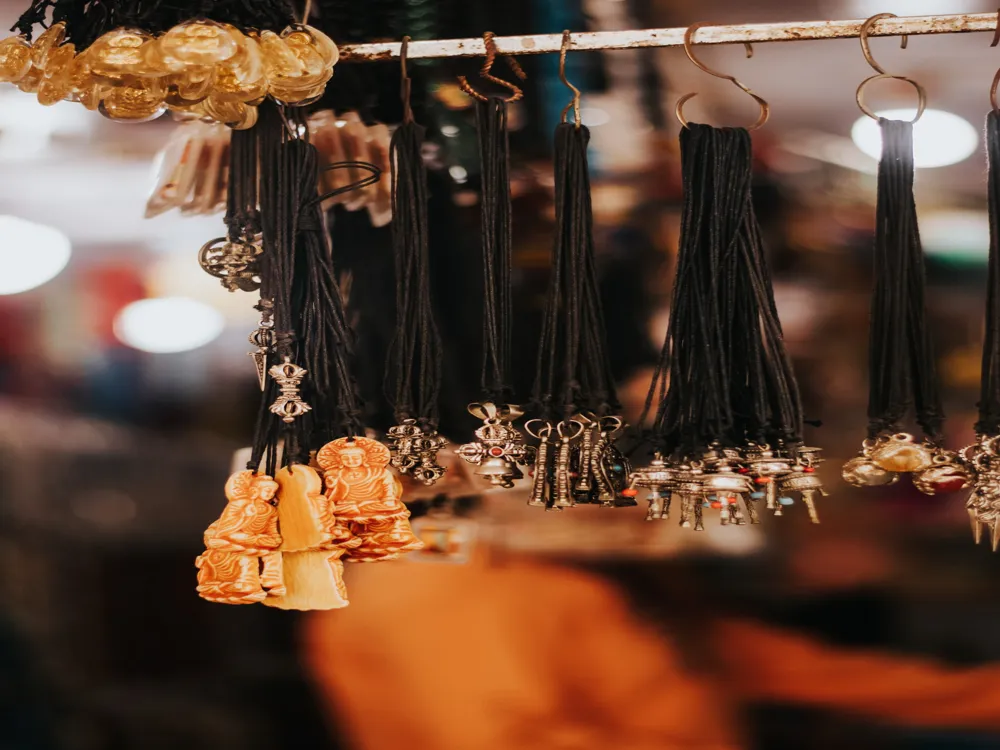
Lumbini Garden in Nepal, the birthplace of Siddhartha Gautama (the Buddha) and an important Buddhist Pilgrimage site is now a sanctuary for cranes. This sanctuary is spread over the area of 6 square kilometres and consists of the ruins of the palace of Tilaurakot where Siddhartha Gautam spent 29 years of his life. It is one of the most unique attractions in Nepal and is definitely worth a visit.
This crane sanctuary aims at protecting the endangered Sarus Cranes in and around the wetlands of this area by creating a local community for their protection and to restore their natural habitat while creating an education facility around this conversation. It is believed that Gautam Buddha fought for the preservation of this bird, around 2500 years ago, and the Lumbini Crane Sanctuary wishes to continue his noble mission.Along with the Sarus Cranes, one may get a chance to see the antelope-like blue bull. Hence, for those who are interested in Buddhism or wildlife conservation, must visit this attraction.
Read More
Lumbini Monastic Site

Lumbini Monastic Site is a complex housing various temples and monasteries maintained to give insights into the life of Gautama Buddha, to help understand the importance of Buddhism, its propagation, evolution and the system of belief that acts as a common string to help maintain harmonious associations between several countries. The region is completely free from commercialisation and has no shops or hotels and restaurants. The Monastic Site is divided into two sections by a water canal which is often used by tourists to explore on motor boats. The eastward section is called the East Monastic Zone, where Theravada Buddhism is prevalent, and the westward zone is called the West Monastic Zone, where Vajrayana and Mahayana are predominant. Once inside, one is only in touch with the culture, traditions and the history of Buddhism.
Read More
Lumbini Museum
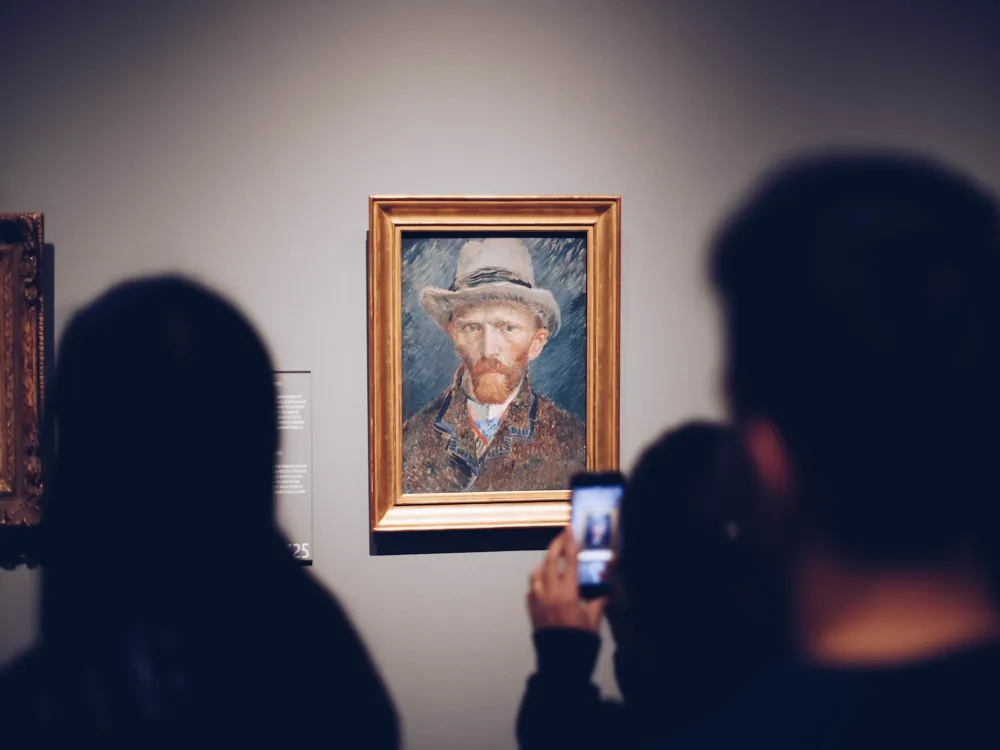
Located inside the UNESCO World Heritage Site of Sacred Garden Area, Lumbini Museum displays about 12000 artifacts including religious manuscripts, metal sculptures, Terra cottas, coins from Maurya and Khusana dynasty and stamps from all over the world depicting Lumbini. Lumbini International Research Institute (LIRI), located opposite the Lumbini Museum, provides research facilities for the study of Buddhism and religion in general.
This museum was built in the 1970s and is now reimagined by architect Kris Yao from Taiwan and his team.
Read More
Lumbini Travel Packages
View All Travel Packages Lumbini
Nearby Places Lumbini
Browse Package Collections
Browse Hotel Collections

/china-temple-zhong-hua-chinese-buddhist-monastery-slider-1.webp)


/korean-temple-dae-sung-shakya-slider-1.webp)




